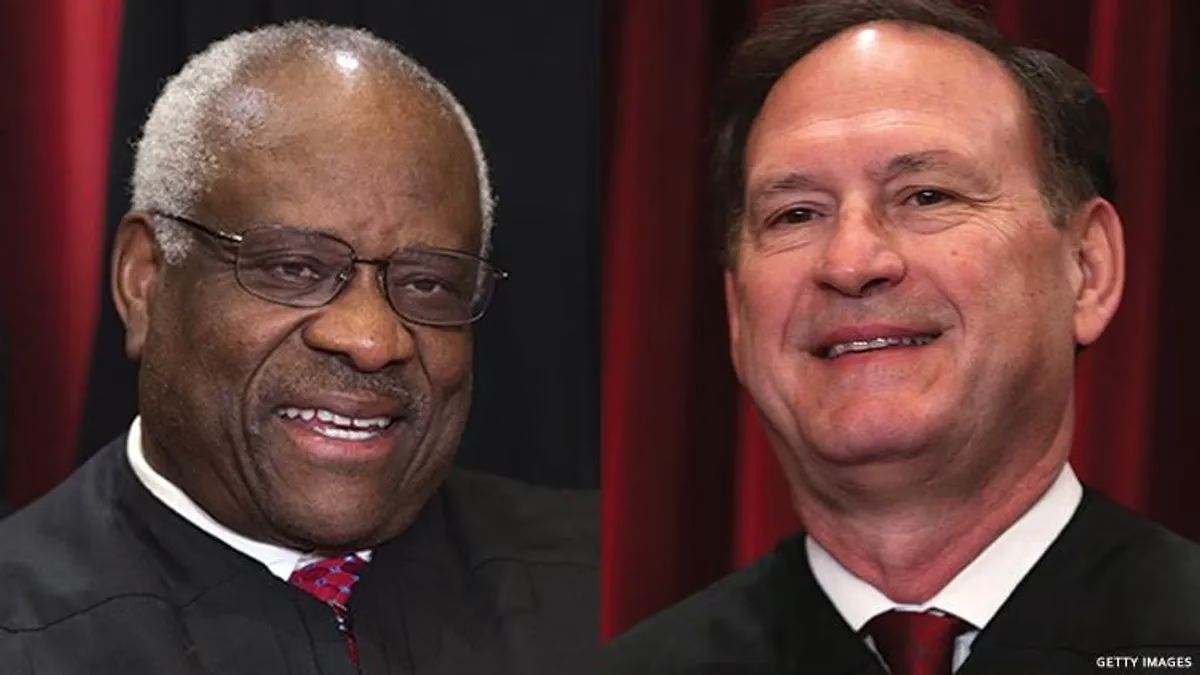By Tony Bruce | Wednesday, July 17, 2024 | 2 min read
Former President Donald Trump urged his supporters to ‘fight, fight, fight’ following the assassination attempt, despite having no information about the attacker’s motives or political affiliation. This immediate and emotionally charged response is characteristic of Trump’s impulsive nature during crises.
At the time of the attack, Trump did not know the attacker’s party affiliation or intentions. This lack of information did not prevent him from making a call to action, reflecting his tendency to quickly mobilize his base.
The incident occurred in a state where conceal and carry laws are in place, adding a layer of complexity to the situation. Pennsylvania allows for the conceal and carry of firearms with a permit. This legal framework can influence both the public’s and law enforcement’s response to threats, highlighting the importance of measured and responsible reactions from public figures .
In states with conceal and carry laws, impulsive calls to action can escalate tensions and increase the risk of armed confrontations. Trump’s immediate reaction without full information could potentially provoke further violence and undermine public safety efforts.
Trump’s history of impulsive actions in high-pressure situations is well-documented. His swift and forceful statements often come before fully understanding the context, as demonstrated throughout his presidency, including his handling of the January 6th Capitol riot.
Effective crisis leadership requires gathering all relevant information and carefully weighing the consequences of public statements. Trump’s response to the recent incident reflects a departure from this standard, raising concerns about his approach to leadership and accountability in critical moments.
The attacker, Thomas Crooks, has been an active registered Republican voter in Allegheny County, Pennsylvania, since 2021, adding a political layer to the incident.
The assassination attempt on Trump’s life, along with his reaction, highlights the dangers of impulsive actions, particularly in states with concealed carry laws. Such responses can escalate tensions and complicate public safety efforts, emphasizing the need for calm and measured leadership during crises.





